
Horse Nutrition – Proteins
**CONTINUED IN ARTICLE TAB**
Related material – Sometimes I have a lot of material here that I have written, podcasted, video blogs and other things. They will be listed in this tab.
Use the browser back button or menu to return to the index of topics.
⬇︎ CLICK ANY IMAGE BELOW TO REVEAL MORE INFORMATION ⬇︎
Protein has the most in content and in importance in our function as a human or as our horses. So why do owners know the least about protein? My conclusion is that marketing plays a role and the economics of feeding horses more grain and little protein makes more money. Let me suggest the reason for this.
In humans there is the “Protein Leverage Hypothesis” which states that humans as well as lab animals (there is little research in horses) will continue to eat until their daily protein needs are met. In other words it is the intake of protein that causes us to either keep eating or to stop eating. If protein is low then the horse will continue to eat – hence more bags of grain will be sold. But I have seen this hypothesis work on mini horses with grazing muzzles and on obese ponies. With the addition of a high quality protein source along with the elimination of inflammatory ingredients being fed, the food aggression seen in these and other horses stops. Muzzles are removed and ponies sleep in piles of hay.
Is this proof that the protein leverage hypothesis works in horses? I don’t know for sure but I suspect it indicates that it doesn’t hurt. Horses fed high quality protein with inflammatory ingredients removed are experiencing a lost hay belly, a vibrant hair coat, significantly improved hoof growth and a return of the top line. Using a minimum goal of 0.5 grams of good to high quality protein per pound of body weight, these changes occur within 2 weeks and improve over the next year to 2 years (longer times are needed for hooves and top lines).
In humans the studies are showing that there is no upper limit to the protein you can add to a diet other than you just don’t want to eat. People needing protein are starting at 1 gram per pound of body weight and I am starting to agree. The calculations can be found in the nutrition course.
Chronic protein deficiency is something I started to talk about in 2016. I was hearing from so many horse owners that their horses were resting with a suspension ligament strain. In 1984 when I graduated from vet school, suspensories were something we saw occurring in race horses but not often in show horses. Now it seems like every type of horse is having a suspensory ligament injury. And there are more diseases of horses that were not even in the text books in 1984: dropped fetlocks (DSLD), kissing spine, white line disease, fractured cheek teeth, EOTRH of the incisors, and the high incidence of Equine Metabolic Syndrome with insulin resistance, obesity and laminitis.
Some of the above diseases and conditions were around in 1973 when I started with horses but were not common. Most horses lived a full life with little veterinary intervention. As I reflect and start to understand cellular biology it has become clear to me that chronic protein deficiency is at the root of it all. Feed more high quality protein and stop the loss by eliminating all inflammatory ingredients (grains, treats, fruit, carrots, supplements).
Blogs
- How Long Do I Need To Feed Soybean Meal To My Horses? (Nov 24, 2020)
- A Question About Soybeans(Feb 16, 2019)
- Protein For Horses Revisited(Sep 4, 2018)
- The Importance Of Protein(Mar 15, 2018)
- The Basics Of Sugar, Fat and Proteins (Feb 2, 2018)
- Chronic Protein Deficiency (Oct 15, 2016)
Podcasts
- Protein In Horses – The Horse’s Advocate Podcast #027 (September 15, 2021)
- Is Soybean Meal OK to feed horses?– The Horse’s Advocate Podcast #017 (July 7, 2021)
The Horsemanship Nutrition Course – included in the membership.


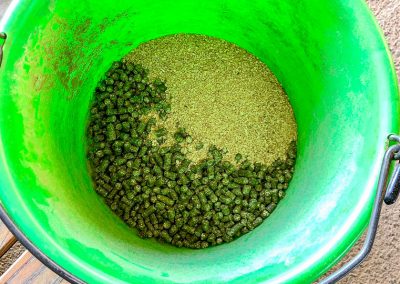


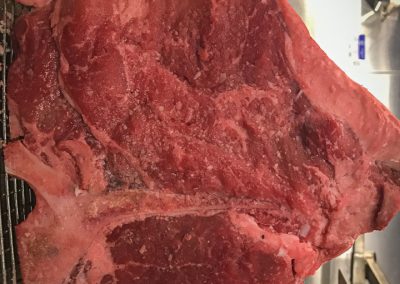
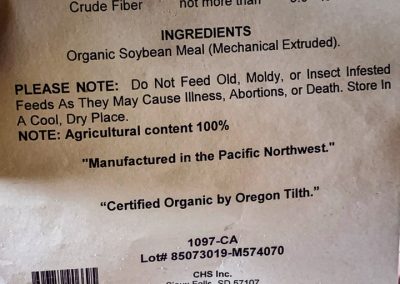
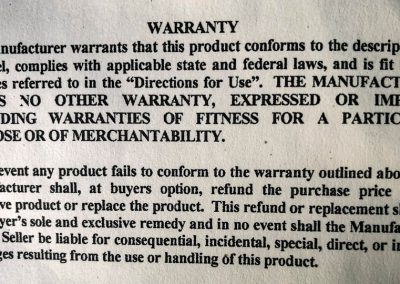
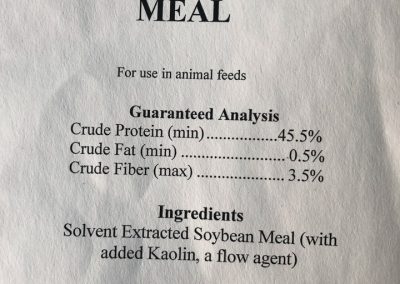

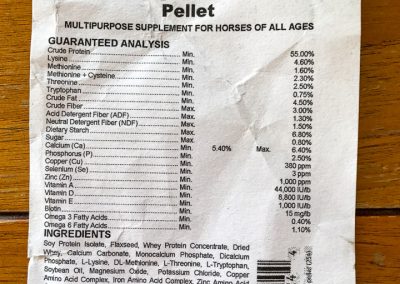
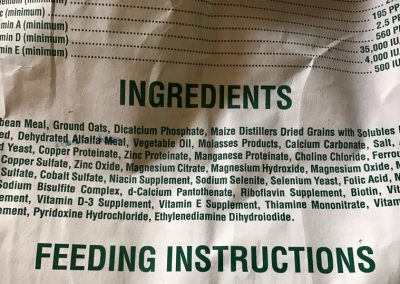
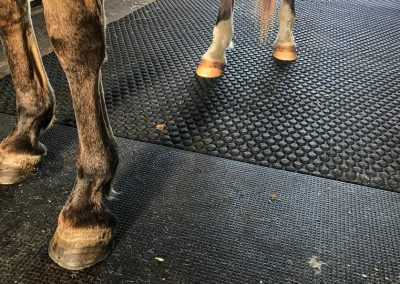
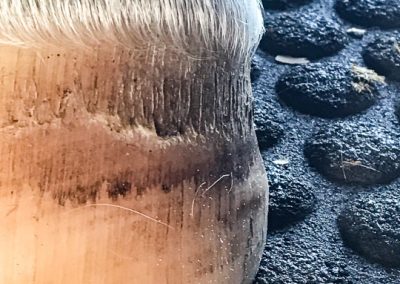
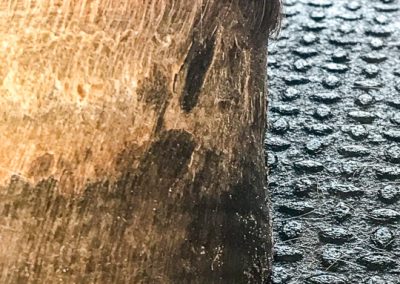
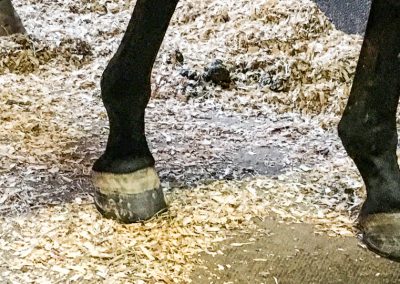
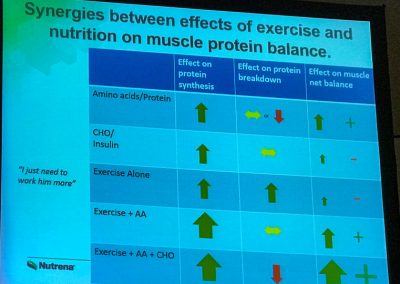
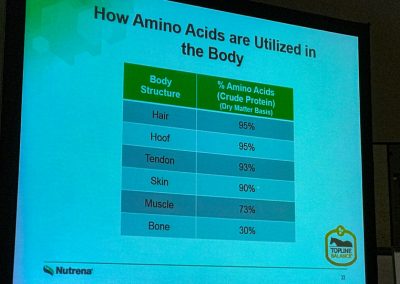
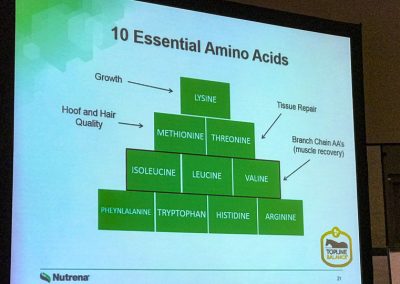
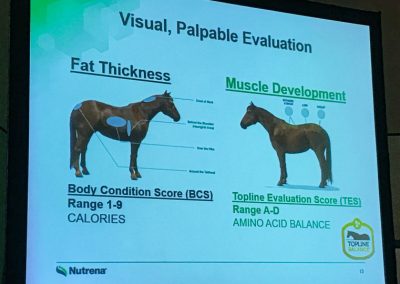




Responses